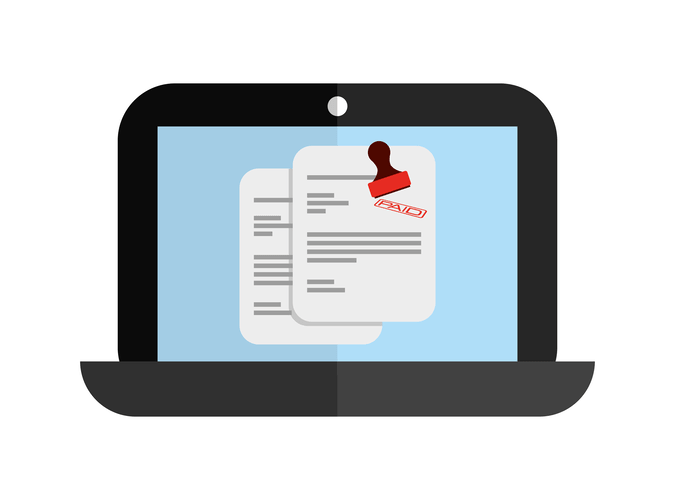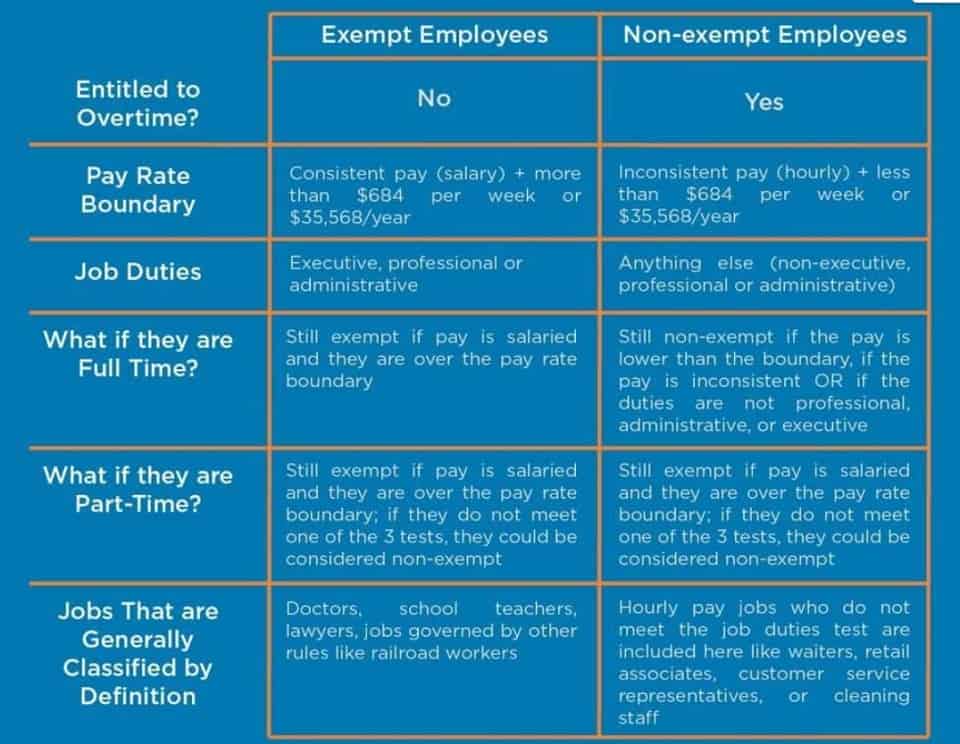
This option can allow buyers to negotiate lower shipping rates and may be more cost-effective in the long run. Additionally, FOB Shipping Point can be more flexible, as buyers can choose their carriers and shipping methods. FOB Shipping Point and FOB Destination are two common international trade terms that define the point at which ownership of goods transfers from the seller to the buyer. Each term has its own advantages and disadvantages, so it is important to carefully consider the terms of the agreement before using either term.
Free on board when the buyer pays for shipping

Incoterms are published and maintained by the International Chamber of Commerce (ICC). For the past 52 years, Harold Averkamp (CPA, MBA) hasworked as an accounting supervisor, manager, consultant, university instructor, and innovator in teaching accounting online. For the past 52 years, Harold Averkamp (CPA, MBA) has worked as an accounting supervisor, manager, consultant, university instructor, and innovator in teaching accounting online. Check out this guide to learn about the different invoice types businesses can send and receive. Designed for freelancers and small business owners, Debitoor invoicing software makes it quick and easy to issue professional invoices and manage your business finances. The how is sales tax calculated phrase passing the ship’s rail is no longer in use, having been dropped from the FOB Incoterm in the 2010 revision.
Bill of Lading vs Packing Slip: Key Differences Explained
Instead, there are several designations inside of the FOB terms that dictate cost and risk allocation. To help, here are a few nuances that you should know before you enter a business contract for products. Having a complete understanding of your shipping rights and responsibilities at the outset of your agreement will save significant time and headaches down the road. They’re also responsible for loading the goods, transporting them and everything else needed to get them to their final destination. Another type of shipping agreement is called Cost, Insurance and Freight (CIF). Both FOB and CIF involve the international shipping of goods from seller to buyer, but they do differ regarding who is responsible for the shipped goods during transport.

Special Considerations for Advanced FOB Terms
- Clearly outline responsibilities and transfer of ownership to ensure compliance with applicable laws and regulations.
- ExWorks and Free on Board are two of the rules that define which party is responsible for a shipment and its costs at certain stages of delivery.
- FOB is always followed by a designation to indicate when the seller’s obligation ends.
- The FOB shipping point or place of origin is where the products are shipped and start their movement toward their final destination.
Notably, some Incoterms are designed exclusively for sea transport, while others are versatile enough for any mode of transportation. Clearly understanding these responsibilities enables a smooth transition between the parties at the handover point and avoids misunderstandings. Free on Board is the term used in shipping to specify which party is responsible for the shipped goods and where the responsibilities begin and end. Consider your options for managing your goods during transit and purchasing cargo insurance.
- If you are shipping a full container load (FCL), the truck will carry the container to the seller’s warehouse, and the seller will load the cargo directly into the container.
- If an accident prevents the computers from being delivered, the supplier takes full responsibility for the computers and must reimburse Company XYZ or reship the computers.
- Seller is also responsible for any damages, which may occur before the goods are loaded onto the transportation.
- If you’re involved in the world of freight shipping, you may have heard the terms FOB Shipping Point and FOB Destination thrown around.
- The passing of risks occurs when the goods are loaded on board at the port of shipment.
- The buyer pays for transportation costs but deducts the price from the final invoice.
Understanding the Impact of Incoterms on Freight Delivery
- Managing freight delivery with FOB Shipping Point and FOB Destination requires careful planning and attention to detail.
- Advances in logistics technology will further enhance the management and tracking of shipments under F.O.B. terms.
- If you have experience shipping goods or working in logistics, chances are you have heard of FOB shipping points and are confused as to their meaning and cost implications.
- So, clarity in FOB terms ensures smoother transactions, accurate accounting, and effective management of the international shipping process.
- In domestic transactions, risk and title typically transfer at the same time, and freight terms must be explicitly stated.
- Company B, a retailer, implemented F.O.B. shipping point terms to streamline their supply chain, resulting in increased customer satisfaction and reduced inventory holding costs.
- His innovative solutions at Upper Route Planner have simplified logistics for businesses across the board.
Under FOB Shipping Point, the seller would record the sale as soon as the goods leave the seller’s premises. The buyer then owns the products as soon as they leave the warehouse and therefore must pay any delivery and customs fees. FOB shipping point transfers the title of the shipment when the goods are placed at the shipping point. As soon as the seller brings the goods to the point of shipment, the legal title of those goods passes to the buyer and the seller is no longer responsible for the goods during delivery.

The internationalization of markets and technological progress in logistics, distribution, and communication mean this affects almost every product consumers buy. DAP, or “delivered-at-place,” says a seller agrees to be responsible for transporting goods to a location stated in the sales contract. Under CPT, or “carriage paid to,” the seller pays for delivery of goods to a carrier or nominated location and assumes risks until the carrier takes possession. FOB destination shipping is in the buyer’s best interest and an effective way for businesses to enhance their customer service. Only when the purchase arrives in perfect condition does the buyer accept it and consider the sale officially complete.
Unit Price

Additionally, understanding who pays for shipping can help you negotiate better deals with suppliers and carriers. When shipping with FOB origin, freight loss or damage during transit falls on the buyer once goods leave the seller’s location. Conversely, in FOB destination, sellers assume the entire cargo liability until the other party receives the goods. When comparing terms like FOB Medical Billing Process Shipping Point and FOB Destination, it’s like comparing two different roads to a destination. With FOB Shipping Point, goods are transferred to the buyer upon reaching the shipping point, often at the seller’s facility or another predetermined location.
Who pays for FOB destination?

By clearly defining these terms in their contracts and agreements, parties can help ensure a smooth transfer of goods and minimize the potential for disputes. FOB is a widely used shipping term that applies to both domestic and international transactions. It’s an agreement between the buyer and seller that specifies when the ownership and liability for the goods being shipped transfer from the seller to the buyer. FOB terms are typically included in shipping orders and contracts, detailing the time and place of delivery, payment terms, and which party handles freight costs and insurance. FOB destination is a type fob shipping point of Incoterm (international commercial term) used in international trade.
ShareSET
2021
